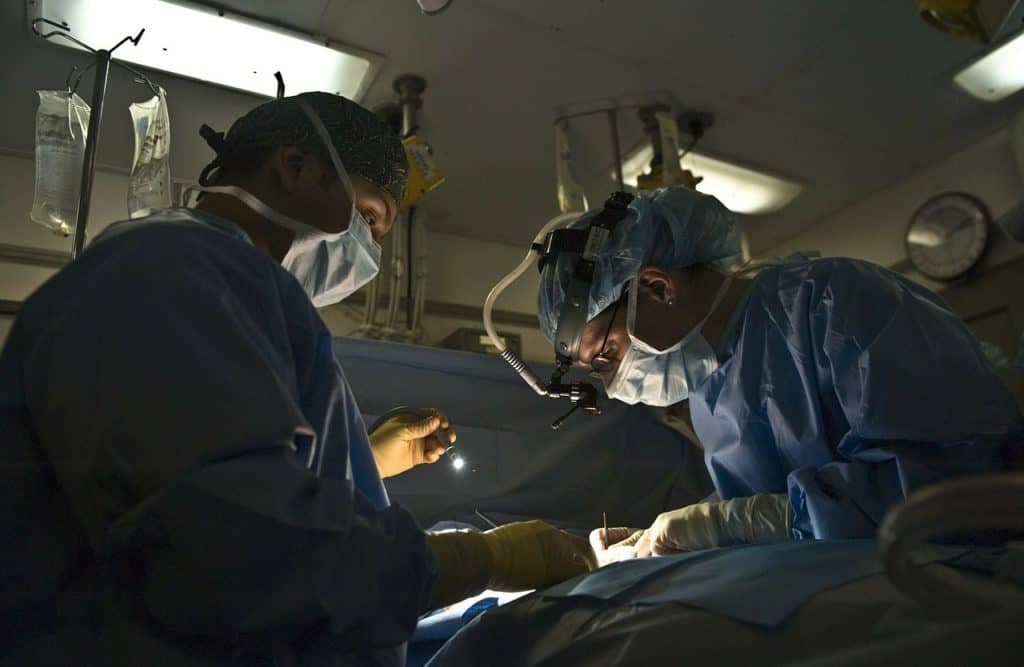Felsenreich et al. recently published in the journal of Obesity Surgery a very interesting study on gastric sleeve surgery long-term outcomes. The study is titled: “Update: 10 years of sleeve gastrectomy-the first 103 patients” and includes all patients who had gastric sleeve surgery prior to 2006 at participating bariatric centers in Austria. After more than 10 years, following sleeve gastrectomy, the authors re-examined 44 of 65 non-converted patients using upper endoscopy, manometry, 24-hour pH-metry and questionnaires. They found acid reflux in 57% and Barrett’s esophagus in 14%, (6/44), of gastric sleeve patients. They also found a higher rate of hiatal hernia formation in reflux patients and poorer quality of life on questionnaires. Patients with acid reflux, Barrett’s esophagus and hiatal hernia were previously excluded from having gastric sleeve surgery. Hence, on the basis of these findings the authors implicate gastric sleeve surgery as a refluxogenic procedure and recommend screening endoscopies at 5-year interval after surgery.
Analysis of the results
I agree with the results of this study, but I completely refute the conclusion. There is no doubt that acid reflux causes a hiatal hernia to develop, and bile reflux is a risk factor for Barrett’s metaplasia. Bile reflux is also more likely to occur in the setting of sleeve gastrectomy. The majority of obese patients have at least a sliding hiatal hernia which positions the upper part of the sleeve in close proximity to the negative intra-thoracic pressure. Furthermore, gastric sleeve wall compliance is low. Hence, gastric sleeve lumen easily transmits the negative intra-thoracic pressure across the pylorus into the duodenum. This results in a suction like effect favoring bile reflux from duodenum through gastric sleeve lumen and into the distal esophagus. These findings are the hallmark of a poorly performed gastric sleeve surgery. Poorly performed gastric sleeve surgeries were especially common 10 years ago. The use of a small bougie size to achieve the smallest size gastric sleeve was common practice, and unfortunately still is in certain bariatric centers. Mechanical restriction was the guiding principle to performing an effective gastric sleeve procedure for weight loss. Bariatric surgeons in Houston and across the world, placed a 30 to 32 French bougie along the lesser curvature, and performed a mutilating bariatric procedure that left very little stomach. Such an approach destroyed the gastric anti-reflux barrier. It is commonly assumed that the lower esophageal sphincter is responsible for preventing acid reflux. However, the lower esophageal sphincter is under control of gastric motility. Disrupting gastric motility via an aggressive sleeve resection results in acid reflux, bile reflux, hiatal hernia formation, and Barrett’s esophagus.
At Houston Weight Loss Surgery Center, gastric anatomy and physiology is taking into consideration when performing gastric sleeve surgery. The incisura angularis is not narrowed and hiatal hernias when present (most of the time) are properly repaired. The end result is resolution of pre-existing acid reflux and absence of de-novo acid reflux development. I strongly believe that not all gastric sleeves are created equal. While some gastric sleeve techniques end in acid reflux, others cure pre-existing acid reflux.
Reference
Felsenreich DM, Ladinig LM, Beckerhinn P, et al. Update: 10 years of sleeve gastrectomy-the first 103 patients. Obes Surg. 2018

